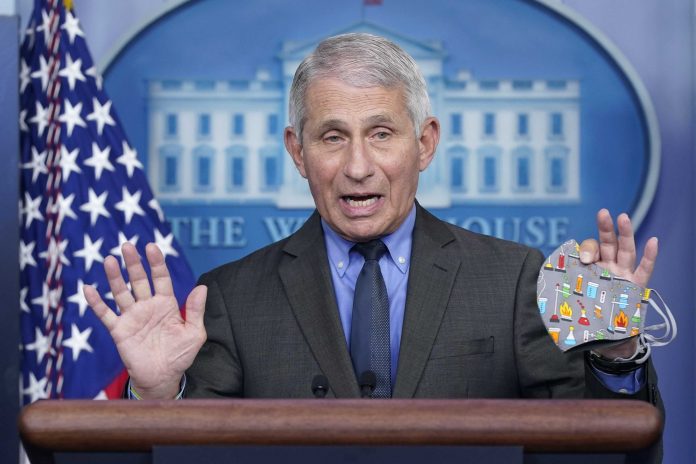
By The Associated Press
Don’t panic. U.S. health officials on Tuesday recommended pausing vaccinations with J&J’s shot as they look into reports of six clots out of nearly 7 million doses given in the country.
Health officials say to be vigilant, but to remember that reports of blood clots that may be associated with J&J’s single-dose vaccine are exceedingly rare.
“It’s less than one in a million,” said Dr. Anthony Fauci, the top U.S. infectious disease specialist.
Common side effects after getting a COVID-19 vaccine can include arm pain and normal flu-like symptoms for a couple days afterward. Those aren’t pleasant, but they aren’t what officials are concerned about.
Instead, be on the lookout for different, more severe symptoms associated with the clots, particularly between one and three weeks after the shot. Those include severe headache, backache, abdominal pain, shortness of breath, leg swelling, tiny red spots on the skin or bruising.
If those symptoms show up, seek medical treatment right away. The Centers for Disease Control and Prevention has issued advice to help doctors spot these rare clots and safely treat them.



















